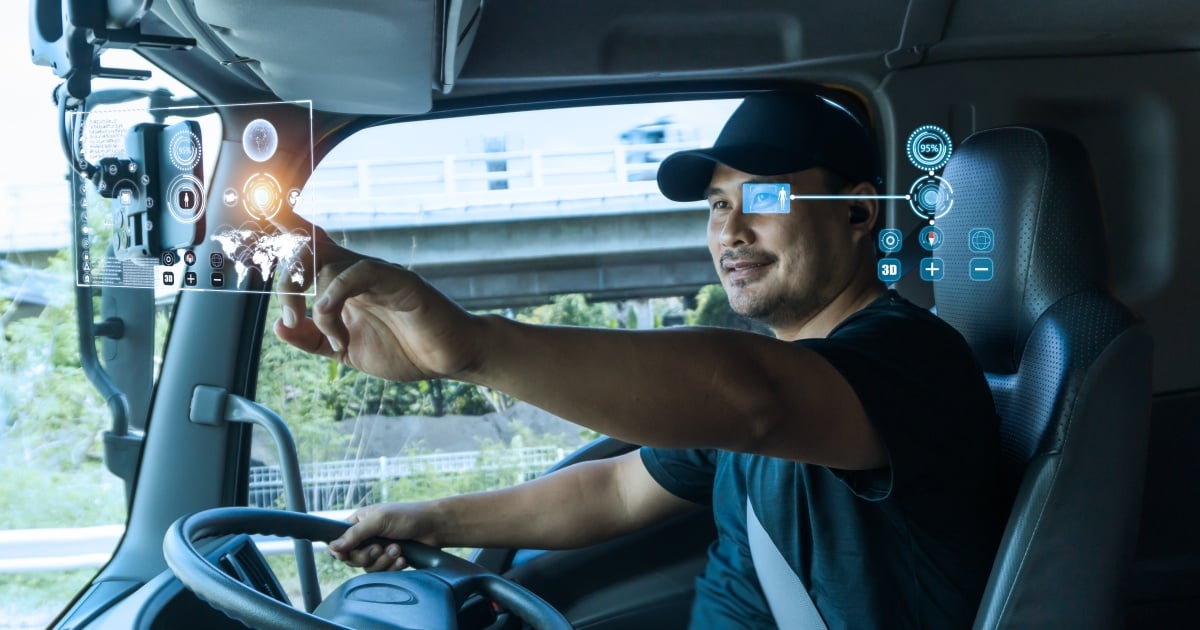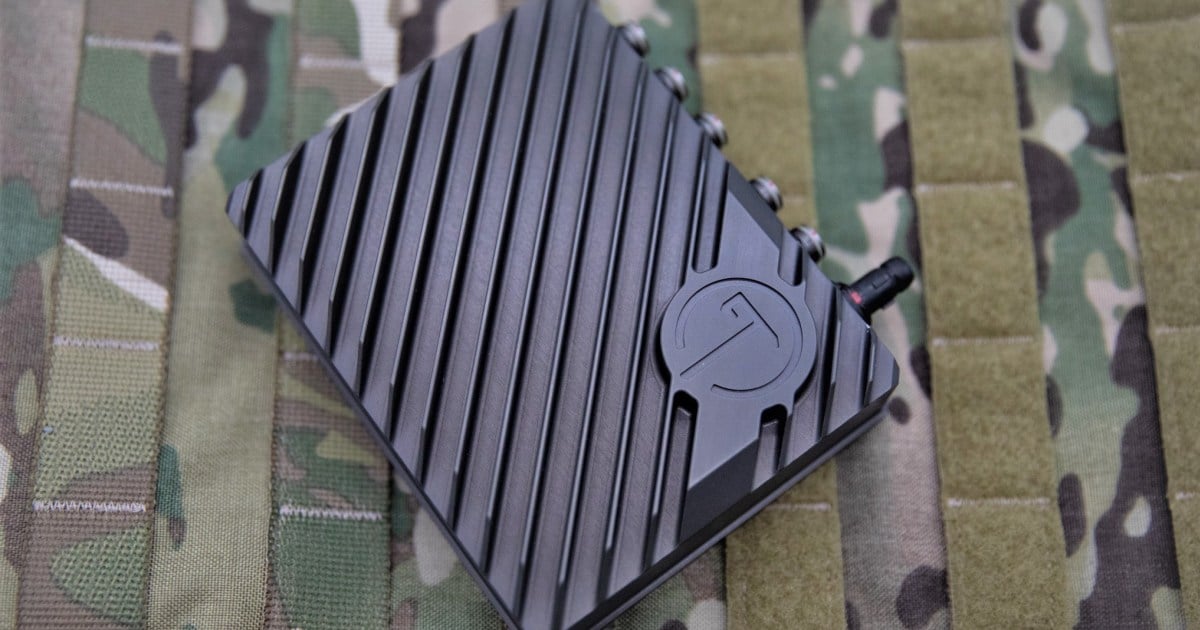In the five-year span between 2015 and 2020, the Internet of Things is expected grow faster than any other category of connected devices. Meanwhile, in the IoT world, running analytics as close to the source as possible has become a necessity in order to reduce the amount of data being transferred over the wire. Not only that, it’s also crucial if your goal is to provide quick feedback, even if limited, to the edge device (transportation vehicle, oil rig, mobile device, etc).
The value of the data decreases as the gap grows between the moment the data arrives at the point of action taken in response; from a business point of view, we need to analyze fast and as close as possible to the source.
Shifting to Edge Analytics
Edge analytics is an enhancement to the classic approach to data collection and analysis in which an automated analytical computation is performed on data at a sensor, network switch or another device instead of waiting for the data to be sent back to a centralized data store and have the analytics run in the backend.
Embracing Quality Analytics Platforms
Doing real-time analytics is all about ingestion rate, simplifying workflow and component-reduce architecture to reduce the TCO. Looking at lambda or kappa architecture simplifies everything by treating all information as streams is great but still, provides accidental complexity due to the amount of moving parts in the architecture. Taking conventional analytics workflows and throwing the heavy-lifting onto the in-memory platform for convergence or stream unification is a logical conclusion. This workflow is all about relying on Kafka as the message broker and InsightEdge as the mechanism. The second phase is polyglot analytics, which defines the ability in quality analytics to converge real-time stream with the archived data stored on a persistent storage layer.
Final Thoughts
Performing real-time analytics on data has become increasingly important for businesses across industries. Despite the transformational potential of big data, a 2016 report published by the McKinsey Global Institute (MGI) found that most industries have still not come close to realizing the full potential of data and analytics.
About the Author: Tal Doron is Director, Solution Architecture EMEA & APAC, GigaSpaces Technologies. Prior to joining GigaSpaces, he served in technical roles at companies including Enix, Experis BI and Oracle.
Edited by
Ken Briodagh





